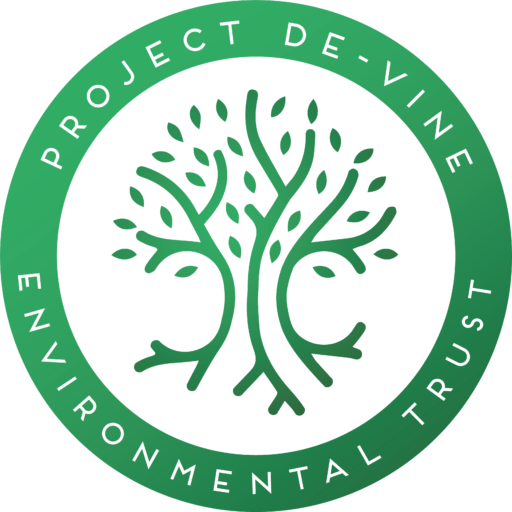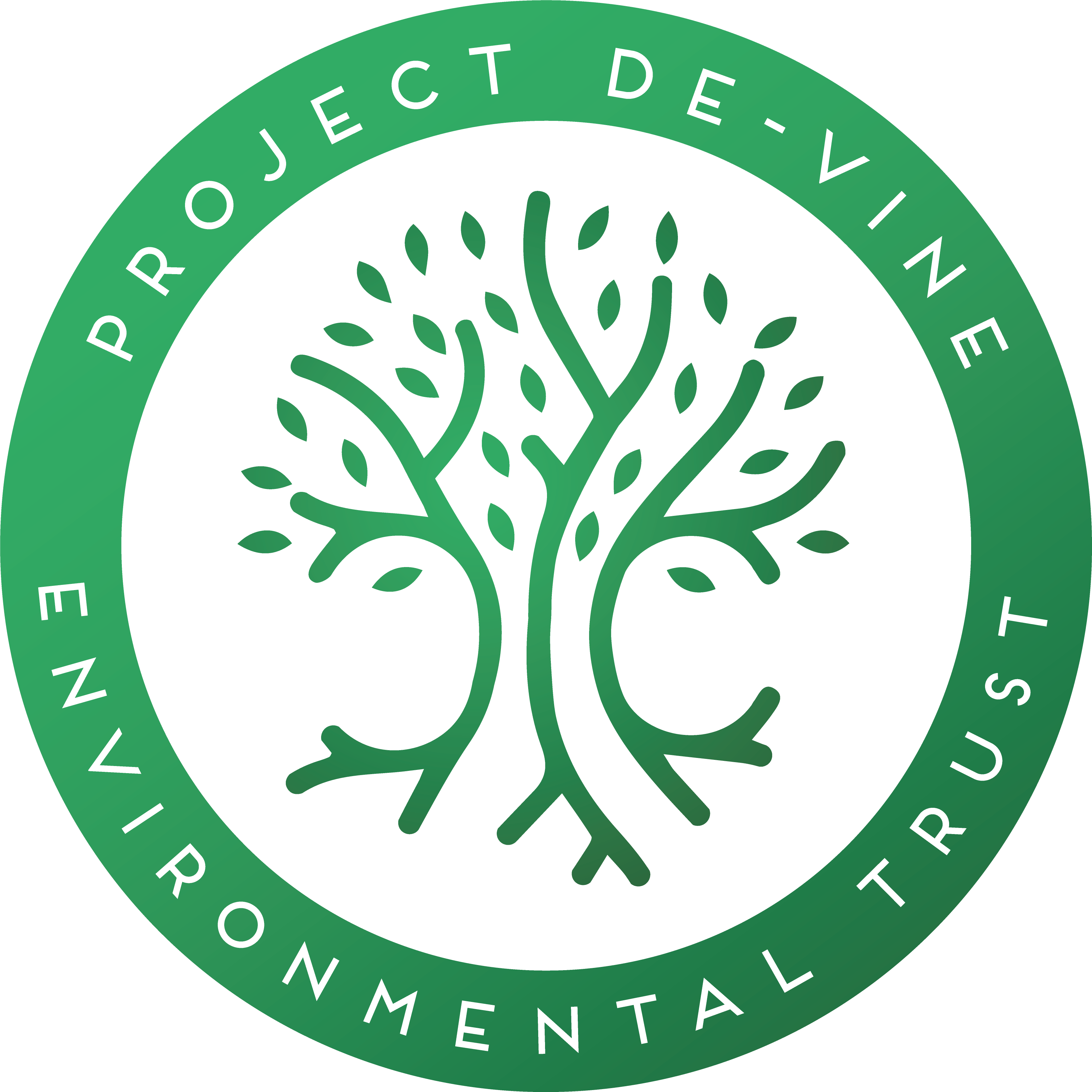
MU-D6 Lower Takaka Valley
MU-D6 Project Background
Project De-Vine has made significant progress with controlling Banana Passion Vine and Old Man’s Beard in the Golden Bay area. Previous phases of the project addressed the worst areas of vine infestation from Rameka Creek to Pohara and on to Wainui. The largest was Pohara involving 180 properties. This next stage is to conduct a large number of assessments of the pest vines and other invasive plants on farms and other properties throughout the lower Takaka valley in Golden Bay, joining areas between Abel Tasman and Kahurangi National Parks in Golden Bay. The aim is to stop the spread of pest plants across this project area. A combination of the Lotteries board grant and secured funding shall allow the Trust to provide effective weed pest control work for 3 years.
MU-D6 Project Plan
MU-D6 focuses on the following:
Properties throughout the lower Takaka valley in Golden Bay between Abel Tasman (ATNP) and Kahurangi National Parks in Golden Bay. Some of these properties contribute to creating a “halo effect”, or weed free zone, that Project Janszoon wishes to establish around the ATNP. Project Janszoon is providing some support and financial backing to assist with this project. This project also aligns well with the aims of the Cobb Mitigation Fund, relating to the effects of the Cobb Dam on the Takaka valley. The Tasman Environmental Trust administers the Cobb Mitigation Fund. They have committed to contributing toward the assessments ($7k) and providing $20k per year for three years (part contribution) toward the costs of weed control work. These grants provide a sizeable part of secured funding for this application.
Over the past three months, 105 property assessments have been completed with 20 found to be clear of high priority (very invasive) pest plants. This assessed area represents over 85% of the project area (excluding those suburban sections with less that 1200m2). The remaining smaller properties, >1200m2, are being assisted with free gel and advice if the properties are found to have pest plants present. These assessments provide a best estimate of control work required on each property. The assessments will also aid planning for control work on other pest plants including Old man’s beard, Banana passion vine and four other key targeted plants (Climbing asparagus, Woolly nightshade, Purple pampas grass and Yellow or Italian jasmine) see the main question #2 “What community need do you propose to meet?” For more details about each plant.
Once the property assessments are completed, the Trust will undertake the following: (see #3 Names & addresses of the assessed properties on a spreadsheet with assessed hours)
Provide property owners with a summary of the density and distribution of the six key pest plants and some less common control plants in the Regional Pest Management Plan (RPMP) like Madeira vine with one known site in this area.
- Up to 50 property owners will be offered control work to a maximum of 50 hours per property for the first year to ensure that outlying small infestations are controlled well and the large ones reduced in size over the three-year project period.
- This pattern will continue for the second and third years to ensure that the properties are revisited and “zero density” of the targeted mature pest plants is achieved for as many properties as possible.
- Those properties that wish to contribute $ towards further work by the Trust will have the opportunity to do so.
- Priority control will be given to some plants like Woolly nightshade and Climbing asparagus, which will require relatively low hours to fully control each year.
Property owners with small property sizes and low levels of weed infestation, who have received three years of control work, will be expected to continue with control work until seed sources are exhausted in the soil. This is contained within the agreement that landowners sign before Project De Vine commences work. See#10a Sample of a signed contract Feb 2018.
This project addresses the issue of attrition. That is, follows up on annual weed control work over the past three years. Project De-Vine has found that even after three years of control work on properties with large numbers of vines there remains a seedbank that requires two to three year cyclical control to maintain re-infestation at a level that prevents vines from reaching maturity, flowering and producing copious amounts of seeds. Many properties have very steep slopes with rocky bluffs and deep gullies. Just to carry out an assessment takes a significant amount of time, energy and expertise. MU-D6 is critical for the Trust to prevent this damaging regenerating cycle from taking place. Therefore, curbing the spread of weed vines across the project area.
By carrying out extensive pest plant control work, landowners carrying out riparian plantings with native trees will benefit from improved growth and fewer losses. This has been a problem in other parts of New Zealand, with pest vines in particular smothering newly planted areas. Weed control provides both conservation and financial benefits to property owners.
Project De-Vine’s pest plant control work along the boundary of ATNP and KNP will help protect the Parks for generations to come and continue to support the on-going work within these parks by Project Janszoon and the Department of Conservation.
Project Timeline
| Year 1 – February 2018 to June 2019 |
February 2018 All targeted property assessments completed and collated. May / June 2018 – Have this application for funding accepted. June 2018 – Inform landowners that the grant has been accepted and the rationale of control that we will be used. See the project plan. Contact any new owners who have bought property in the project area recently to discuss the project and enlist them in it. July 2018 to June 2019 – Commence control work across the project area. Capture vine densities and distribution using GIS and spreadsheet systems. Property reports will be captured using the Trust’s newly installed database system. The system involves fieldwork information to be entered by weed team leaders and uploaded to a centralised computer system for instant analysis and use for future weed control work. This adaptive management system allows a team leader to prioritise weed control hours for each property on an annual basis |
| Year 2 – July 2019 to June 2020 | July 2019 to June 2020 – Commence follow-up control work on the properties started in year one. Capture vine densities and distribution using tablet-based hardware and software including geographic information system (GIS) and spreadsheets. Use this information to inform decisions for the following year. |
| Year 3 – June 2020 to May 2021 | July 2020 to May 2021 – Commence follow up control work (Year 3) on the properties started in year one. Capture vine densities and distribution using tablet-based hardware and software including geographic information system (GIS) and spreadsheets. Use this information to inform operational decisions for the following year, determine funding requires for weed control teams and materials (e.g., poison gel bottles and refills for landowners), and provide landowners with information that will encourage them to continue undertaking weed control. |
| 2021 Onwards |
End of the primary phase of the project. By 2021 the Trust aims to assist 50 property owners to have effectively controlled pest vines and other key pest plants. That is, reducing the density and distribution of weeds to manageable levels. In doing so, captured data pertaining to a wide variety of weeds can be analysed and used for future control work. This will be particularly important for preventing boundary invasions from weeds around ATNP, hence forming the “Halo effect” or weed-free zone necessary to protect a national wildlife treasure. Two years after the primary phase has finished, the Trust will apply to Rata Foundation for follow up funding to ensure the owners of large properties receive sufficient support to continue to maintain a manageable level of control. The Trust believes that owners of small properties will then be in a position to effectively maintain weed levels themselves. |
Get In Touch
Have a project you’d like to partner on?


